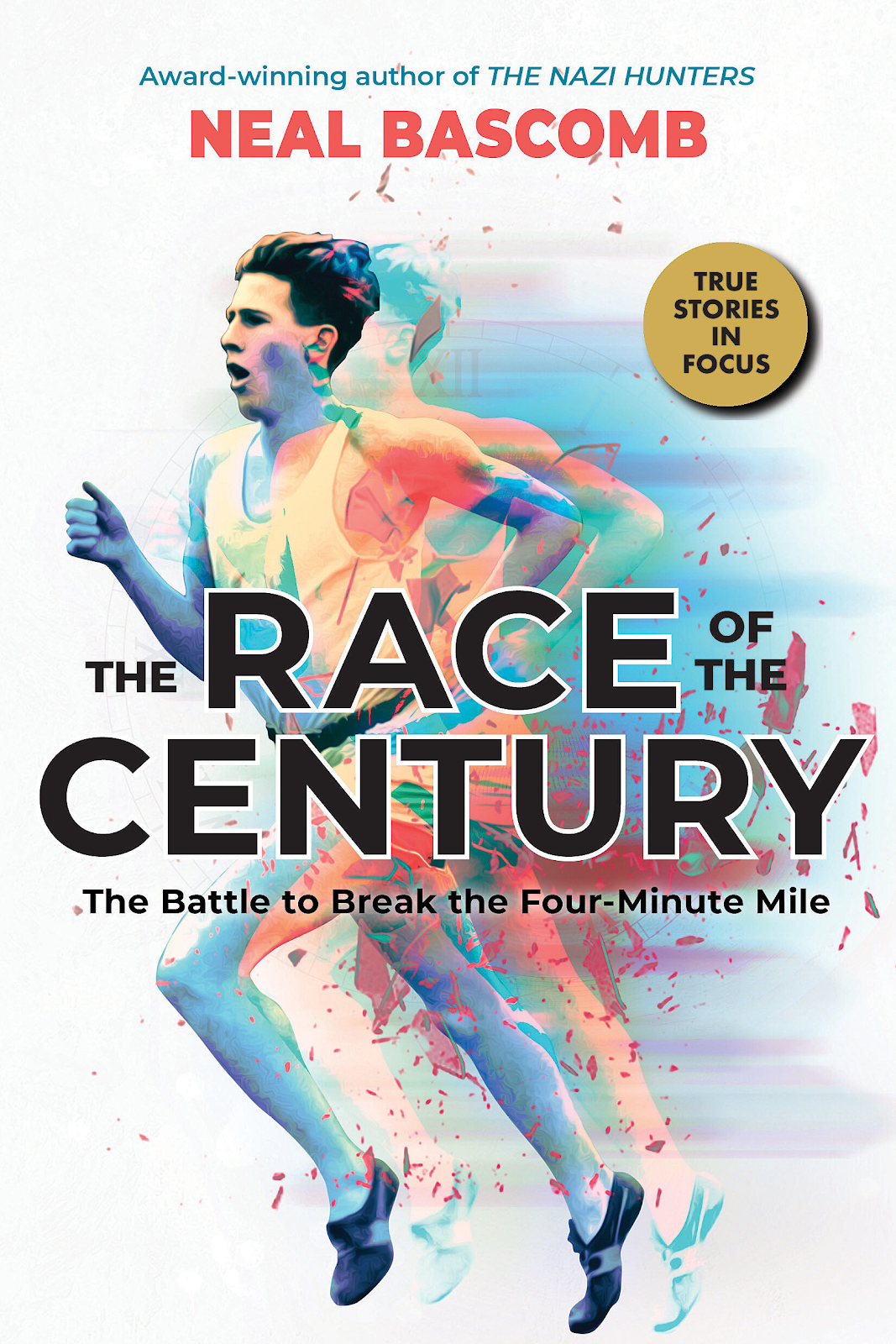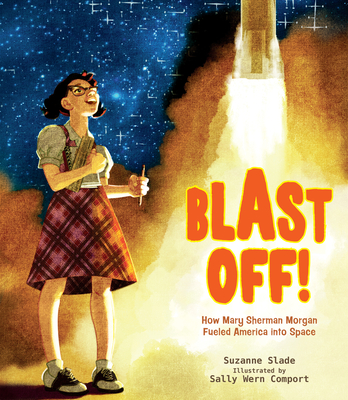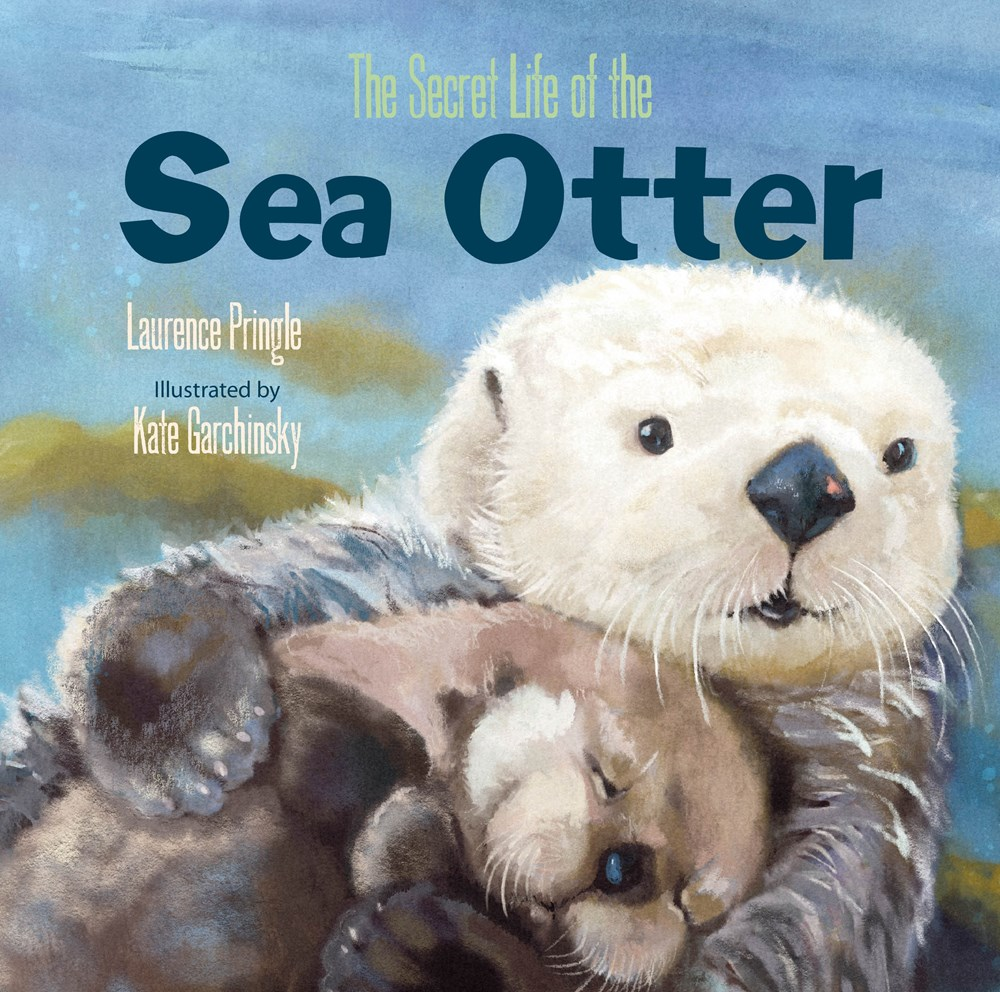To excite elementary age students with some fun science, try these three new titles.
Planting a Garden in Room 6: From Seed to Salad
Written and photographed by Caroline Arnold
Charlesbridge. 2022
Another addition in Arnold’s Life Cycles in Room 6 series, has this kindergarten class planting a garden. In beautiful, colored photos we follow this special teacher as she shares her love of science with her students.
This year, Kindergarten teacher, Mrs. Best, has brought some lettuce, kale, radish, spinach, carrots, and pea sees for student to plant in their classroom garden. Readers follow students as they discover each plant has it own kind of seed, preparing the soil to watching the seeds emerge. As they learn about helpful insects, weeding, and garden care the best part comes at harvest time when they can all enjoy the fruits of their labor with a yummy salad.
The book includes garden vocabulary, garden questions, online sources and suggestions for further reading. *The fun part is learning that the chickens pictures in this book are the ones hatched in Arnold’s book, Hatching Chicks in Room 6. I wish I had a Mrs. Best as my Kindergarten teacher.
Visit the author's website for more information on her books.
Little Killers: The Ferocious Lives of Puny Predators
by Sneed B. Colard III
Millbrook Press, an imprint of Lerner Publishing Group, Inc. 2022
From fatal flatworms to swarming spiders, science writer, Sneed Collard III, shines a light on the fascinating life of these voracious killers. Loaded with facts and beautiful color photographs, this book will certainly grab the attention of curious readers. Text boxes throughout highlight more details explained in the text.
Included is an author’s note, glossary, source notes, bibliography, and suggestions for further reading. A very hands-on book, this is a great addition to books on insects.
Click here to watch Sneed introduce this book.
The Adventures of Dr. Sloth: Rebecca Cliffe and Her Quest to Protect Sloths
Written and photographed by Suzi Eszterhas
Millbrook Press, an imprint of Lerner Publishing Group, Inc. 2022
This is both a biography of Dr. Rebecca, “Becky,” Cliffe, a leading expert on sloths, and information about sloths. Eszterhas does an excellent job grabbing readers attention from page one. Spending ten years photographing sloths in the jungles of Costa Rica, Panama, Guyana, and Brazil, we learn how sloth scientists, like Becky, are helping to keep sloths safe as more humans encroach into their habitats.
Each color photo is well-captioned, and side texts offer more information highlighted in the text.
Included are suggestions on how students can help sloths, glossary, and books and websites for further reading.
An excellent addition to your science collections.
Click here to learn more about the Sloth Conservation Foundation.
























